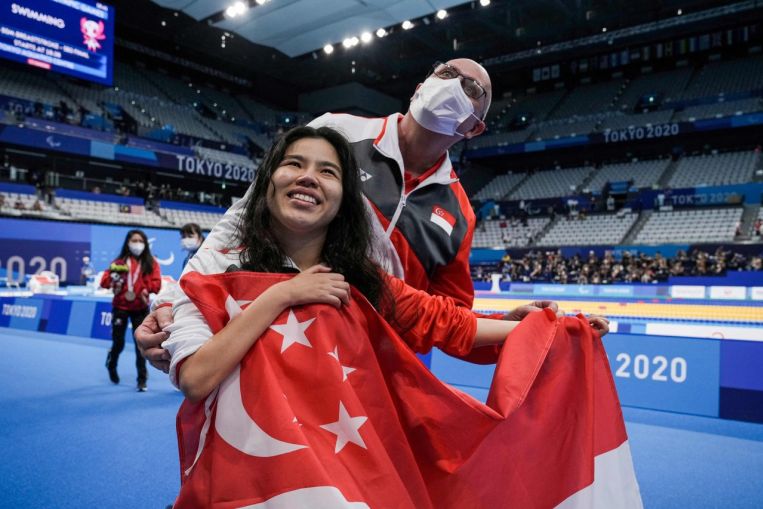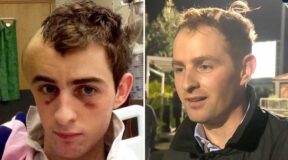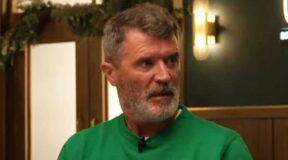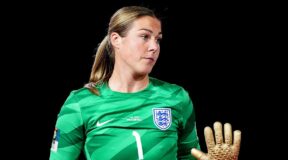SINGAPORE – For the fourth Paralympics in a row, Singapore’s athletes have returned with medals and Tokyo 2020 might have been the toughest edition yet due to the challenges posed by the pandemic.
Swimmer Yip Pin Xiu’s two golds meant this was the country’s best showing after Rio 2016 (two golds, one bronze), leading chef de mission Shirley Low to describe it as a “highly successful Games for us”.
She added in a virtual press conference on Saturday (Sept 4): “It is crucial to remember that this has been achieved in spite of the challenges brought about by Covid-19.”
The coronavirus had disrupted plans for training camps and competitions overseas for most of the past 1 1/2 years. Instead, national athletes went through simulated competition settings and local time trials.
Despite this, there were some noteworthy performances from the 10 athletes in six sports. Tandem cyclist Steve Tee and competition partner Ang Kee Meng set two personal bests in the B 4,000m individual pursuit and B 1,000m time trial while swimmer Toh Wei Soong missed out on a medal by 0.16sec in the S7 50m butterfly final. Shot putter Muhammad Diroy Noordin also set a national record in the F40 shot put.
Teo-Koh Sock Miang, chairperson of the Singapore National Paralympic Council (SNPC), highlighted the encouraging performances of the four debutants Tee, Toh, swimmer Sophie Soon and Singapore’s first Paralympic powerlifter Nur Aini Mohamad Yasli.
She said: “I see a bright future. We now need to make sure that we can have a developmental programme where young upcoming athletes are going to be nurtured and be ready to perform at the Paralympics.”
Toh Boon Yi, chief of the Singapore Sport Institute (SSI), noted there was cause for optimism. “A lot of work has been done by SDSC (Singapore Disability Sports Council) and SNPC to reach out to the community in Singapore to encourage more of them to come out and just try sports,” he said.
“If we get the ecosystem right and have more persons with disabilities (PWDs) take up sport, then it’s very natural that there will be a pathway for people to participate at a more high performance level and eventually they will get to the world stage.”
There were some disappointing results though. World No. 2 archer Nur Syahidah Alim suffered an early exit in the women’s individual compound open, later citing unpredictable weather conditions and the lack of competition exposure as possible reasons.
Teo-Koh said: “In last 18-19 months, they haven’t been out to compete so they don’t know where their opponents are standing.
“We recognise that having opportunities to compete overseas against the best of the best will make our athletes work harder, know their opponents and we’re hoping from now to Paris that the pandemic will be under better control so they will be able to go out and gain all those valuable experiences.”
Soon and Tee, who are both visually impaired, also had equipment issues. In the heats of the S13 100m butterfly, Soon’s goggles fogged up just before she jumped into the pool, leaving her unable to see anything. Tee and Ang could not complete their final event, the B time trial (road), because of a broken chainring.
These were unforeseeable circumstances but the team will learn from these experiences, said Teo-Koh.
For example, Soon will test different goggles and plunge angles with her coach and biomechanist while Tee and Ang will re-look how they approach more angular turns.
Minister for Culture, Community and Youth Edwin Tong praised the team’s “stellar showing” on Facebook and added: “Throughout the Games, our athletes have shown strength and resilience. This is the culmination of years of hard work and sacrifice.
“They’ve overcome injuries, mental stress, as well as training disruptions and a year’s delay to the Games due to the pandemic. It was all to represent us, Singapore, on the grandest stage, and to show the world what we’re made of.”
Join ST’s Telegram channel here and get the latest breaking news delivered to you.
Source: Read Full Article





